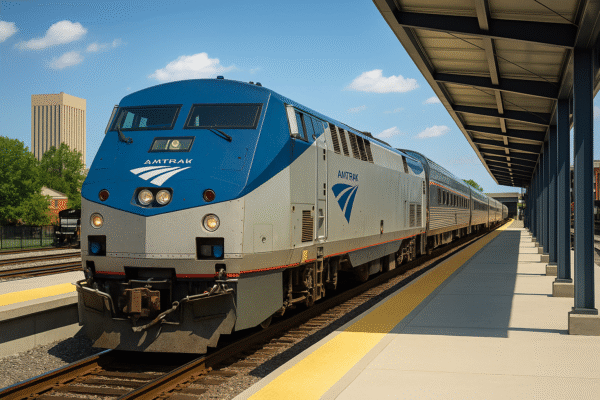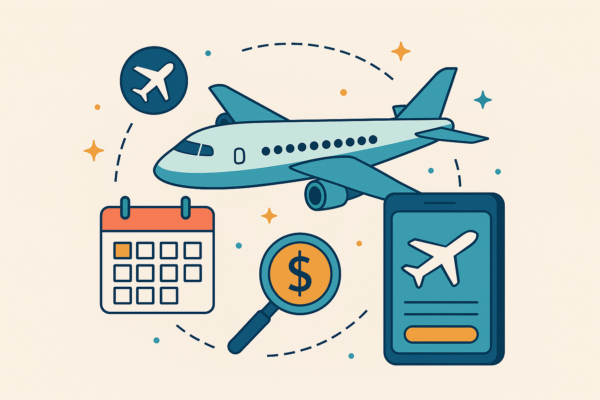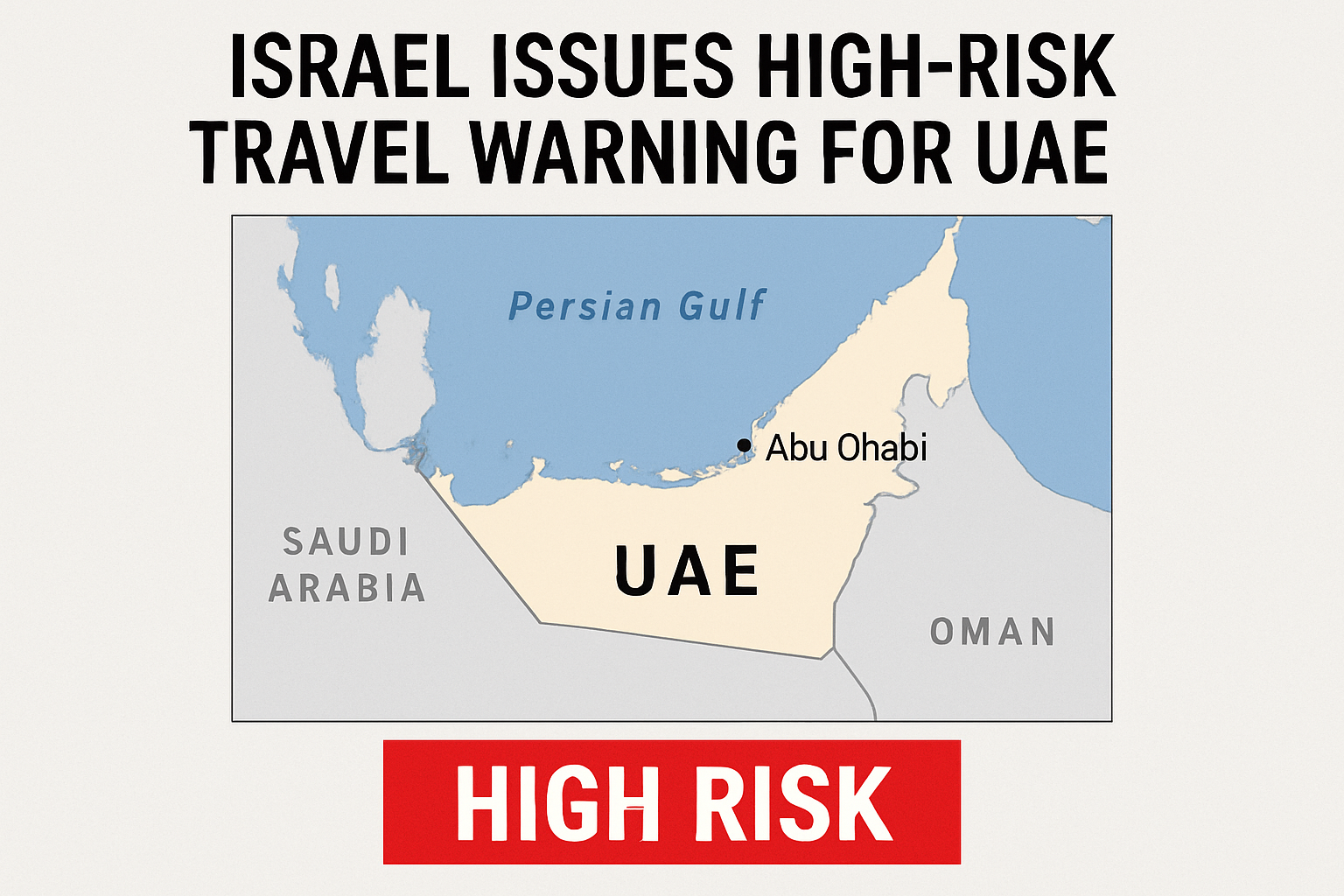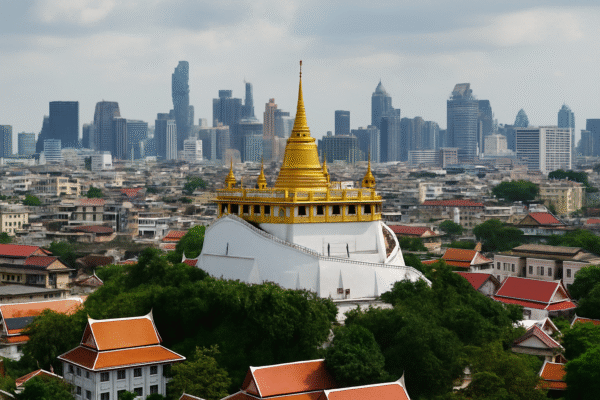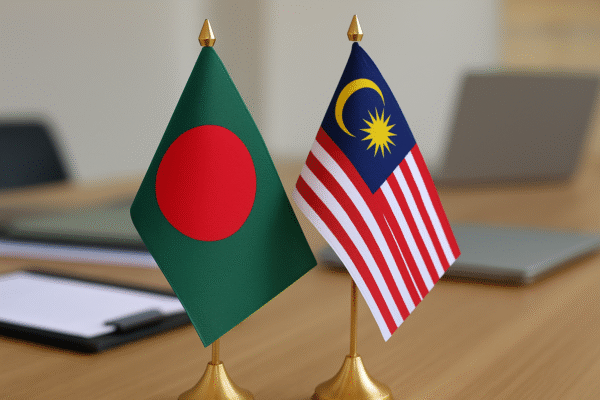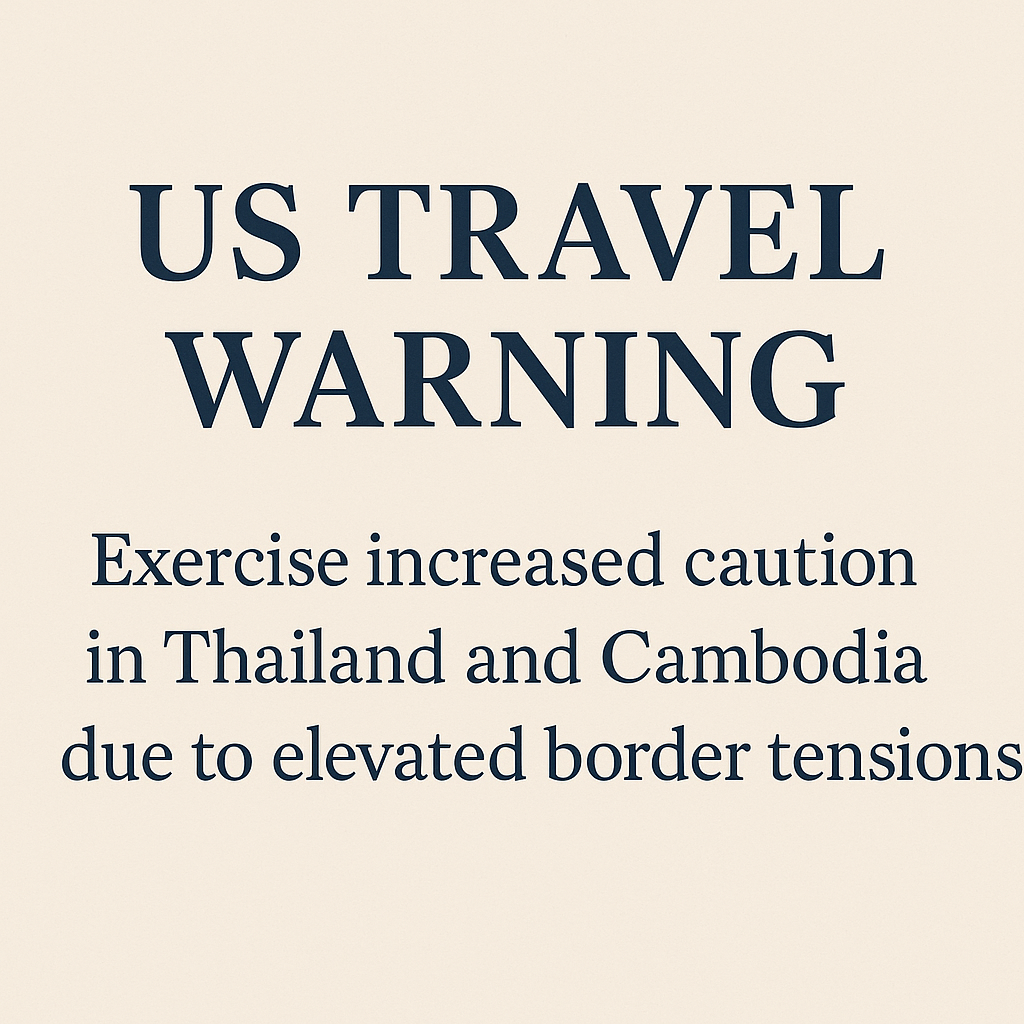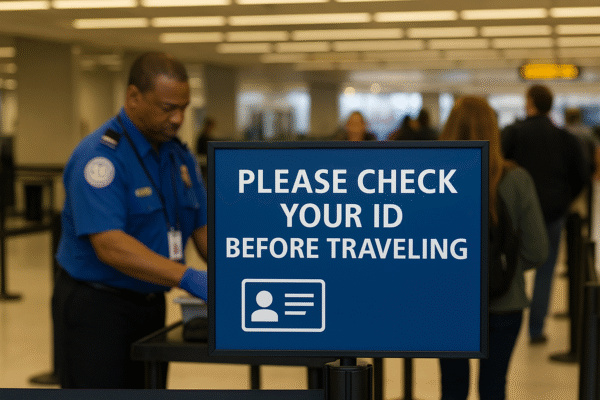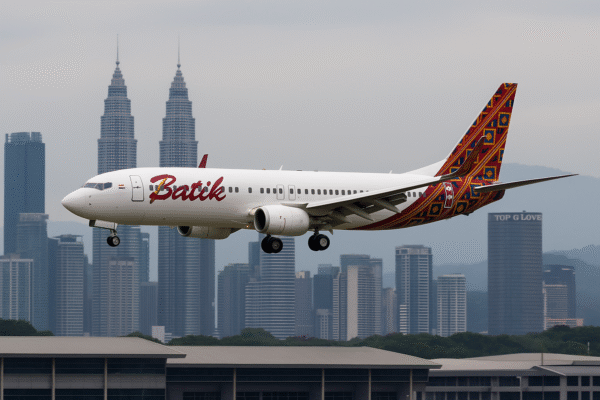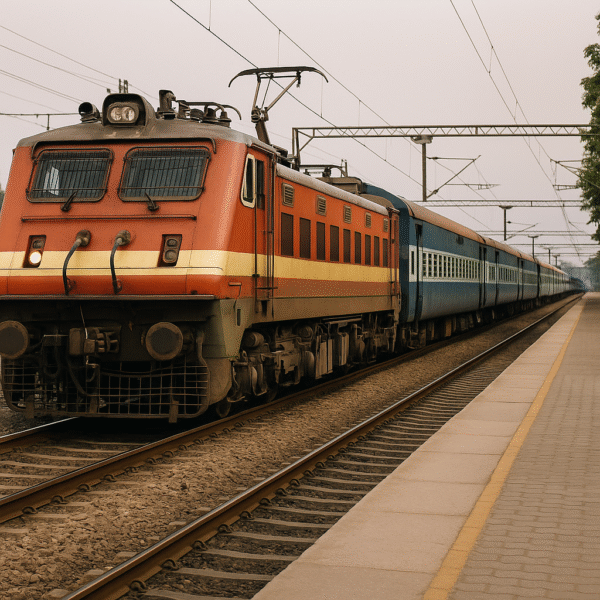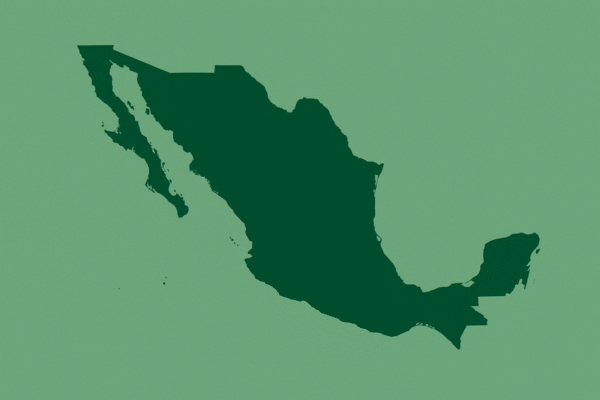Malaysia and Thailand have taken a significant step toward regional tourism revival with the launch of Batik Air’s new direct flight between Bangkok’s Don Mueang International Airport and Kuala Lumpur’s Subang Airport, beginning July 28, 2025. This strategic air link enhances intra-ASEAN travel, supports Malaysia’s preparations for Visit Malaysia 2026, and breathes new life into Subang as a smart international aviation hub closer to Kuala Lumpur’s urban core.
The daily service redefines convenience for both leisure and business travelers, offering a seamless alternative to the more distant Kuala Lumpur International Airport (KLIA). Subang Airport (Sultan Abdul Aziz Shah Airport), just 30 minutes from downtown Kuala Lumpur, now serves as a fast-access entry point for regional travelers seeking shorter travel times and more efficient connections.
A Strategic Move to Revive Subang and Strengthen ASEAN Travel
The Bangkok–Subang route marks Batik Air’s first international service from Subang Airport, symbolizing a bold shift in Malaysia’s aviation strategy. Supported by Tourism Malaysia, this move aligns with the nation’s broader ambitions to decentralize air traffic, rejuvenate heritage airports, and diversify tourism gateways ahead of the anticipated travel boom in 2026.
According to Manoharan Periasamy, Director-General of Tourism Malaysia, “Direct connectivity is vital to our tourism recovery and regional growth. This new service brings us closer to becoming one of Southeast Asia’s most accessible and vibrant destinations.”
The launch of this route is part of a larger master plan to restore Subang Airport’s international status, which had been dormant for decades. The Malaysian government approved the Subang Airport Regeneration Plan (SARP) in 2023, aiming to position Subang as a key hub for short-haul regional flights, private jets, and aerospace industries.
Enhancing Cross-Border Mobility With a Regional Focus
Thailand remains a top five source market for Malaysian inbound tourism. In 2024, over 1.6 million Thai tourists visited Malaysia, driven by proximity, cultural familiarity, and visa-free access. Conversely, Malaysian travelers continue to frequent Bangkok for its shopping, nightlife, cuisine, and vibrant cityscape.
The new direct route enables frequent weekend getaways, short business trips, and family visits, while boosting demand for cross-border events, medical tourism, and MICE (Meetings, Incentives, Conferences, Exhibitions) travel. It also strengthens ties between the two nations, both founding members of ASEAN and long-time collaborators in regional mobility and tourism policy.
The daily Boeing 737-operated service ensures sufficient capacity to support growing passenger volumes while offering full-service comfort. The route complements Batik Air’s existing connectivity between Malaysia and Thailand, including 57 weekly flights from Kuala Lumpur and Johor Bahru to popular Thai destinations like Phuket, Hat Yai, Krabi, and Chiang Mai.
Fueling Visit Malaysia 2026 Momentum
As Malaysia gears up for Visit Malaysia 2026 (VM2026)—a nationwide campaign aimed at attracting over 26 million international visitors—strengthening regional air routes is a top priority. The Ministry of Tourism, Arts and Culture (MOTAC) has emphasized improved accessibility, multi-entry points, and partnership with neighboring countries to drive sustainable recovery.
Subang’s revitalization is not just symbolic; it serves a practical role in distributing tourist traffic, reducing congestion at KLIA, and promoting city-center travel. Tourism Malaysia is also working on multi-destination packages with Thailand, enabling travelers to experience both countries in a single itinerary.
This initiative aligns with regional collaboration goals set under the ASEAN Tourism Strategic Plan (2025–2030), which promotes seamless travel across borders, supports sustainable tourism development, and enhances competitiveness through integrated air services.
Domestic Expansion Adds to Batik Air’s Growth
On the same day, Batik Air also launched a new domestic route from Subang to Kuching, strengthening its footprint in Malaysia’s aviation market. The airline now operates out of Subang to key domestic cities including Penang, Kota Bharu, Kota Kinabalu, and Tawau, cementing Subang’s role as a major national hub.
This expansion supports the government’s objective of enhancing intercity and intra-Borneo tourism, especially in tandem with Sarawak’s “Visit Sarawak 2025” and Sabah’s rural tourism plans, which emphasize community-based experiences and sustainable eco-tourism.
Future-Proofing Malaysia’s Tourism and Aviation Ecosystem
Malaysia’s aviation strategy is undergoing transformation in response to post-pandemic travel behavior. Flexibility, regional accessibility, and traveler experience have become pillars of the country’s aviation future. Subang, with its modern infrastructure, urban location, and expanding airline services, is poised to become a flagship example of decentralized airport development in Asia.
In parallel, the Malaysia Aviation Group (MAG) is working with authorities to develop integrated digital solutions, smart airport systems, and contactless immigration services across all entry points, including Subang. These efforts are designed to ensure a resilient, safe, and tech-enabled travel environment leading into 2026.
Conclusion: A Symbol of Regional Unity and Future-Ready Travel
The Bangkok–Subang route is more than a new flight corridor; it is a statement of regional solidarity between Malaysia and Thailand, reflecting shared aspirations for tourism revival, mutual prosperity, and people-to-people exchange.
As both nations set their sights on sustainable growth, Batik Air’s direct service embodies the kind of high-impact collaboration that will define Southeast Asia’s tourism trajectory. For travelers, it offers unmatched convenience, cultural connection, and expanded possibilities.
With this strategic leap, Visit Malaysia 2026 takes a confident stride forward—one flight, one partnership, and one revitalized airport at a time.
For more travel news like this, keep reading Global Travel Wire

